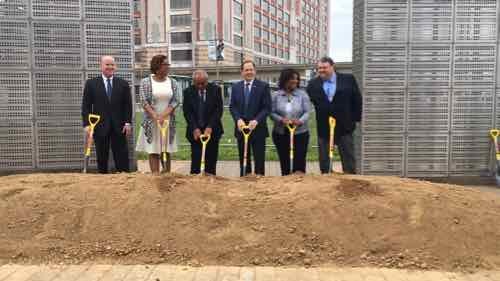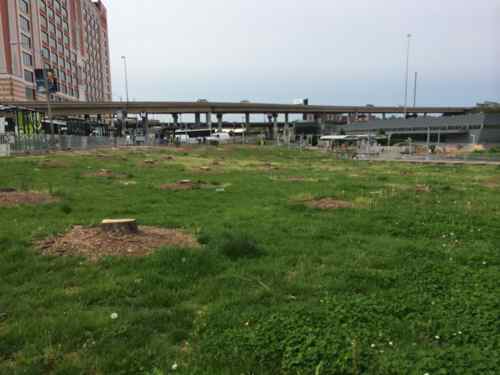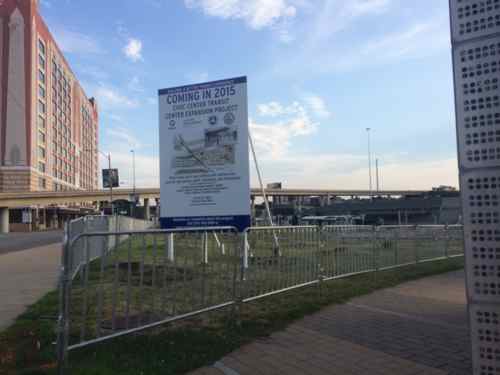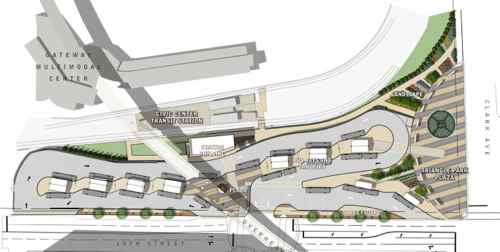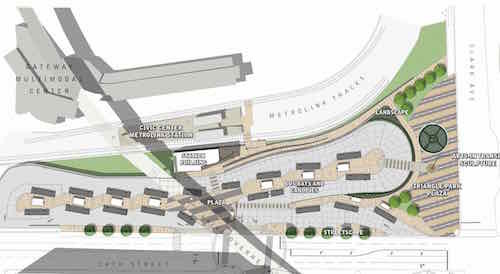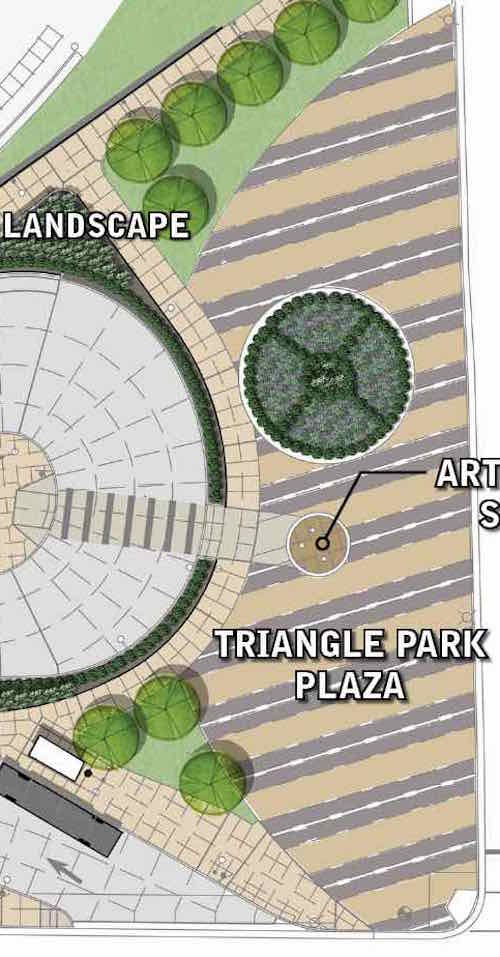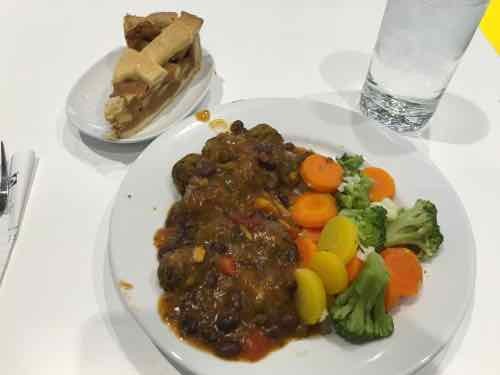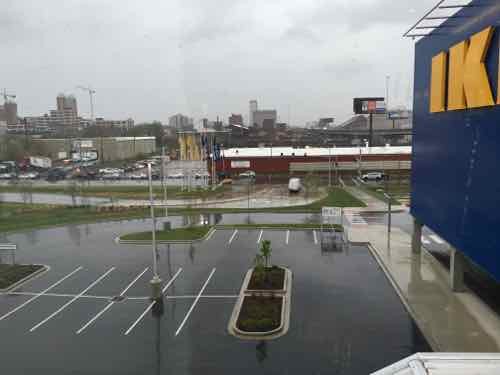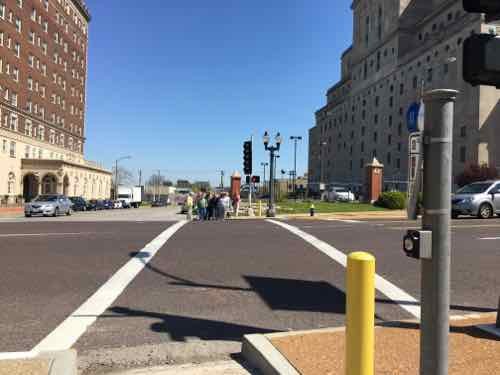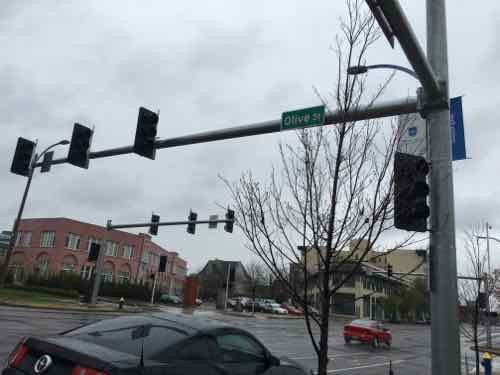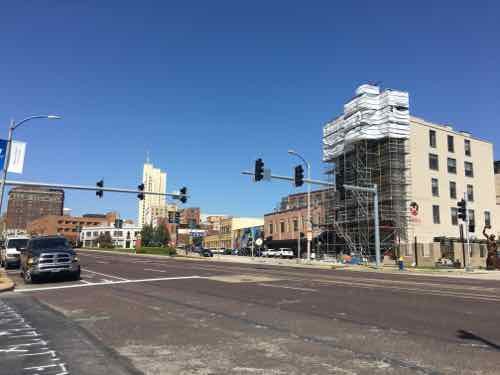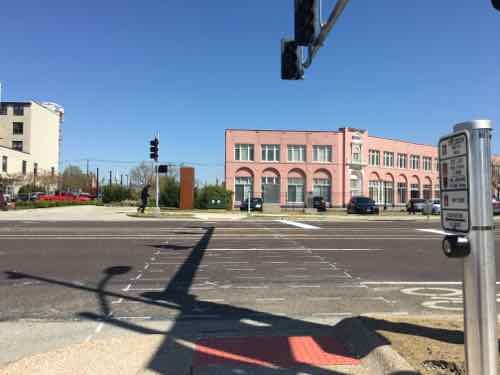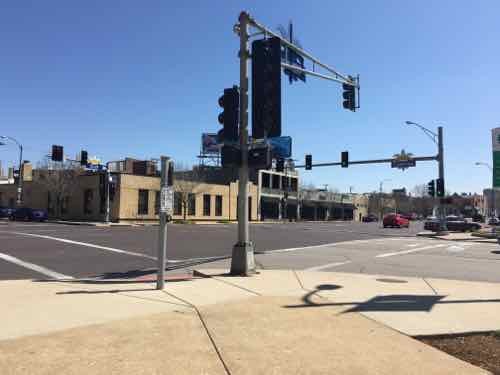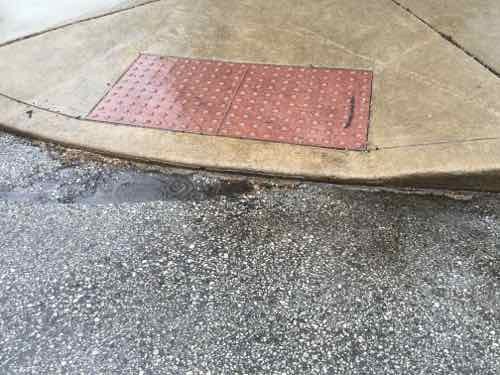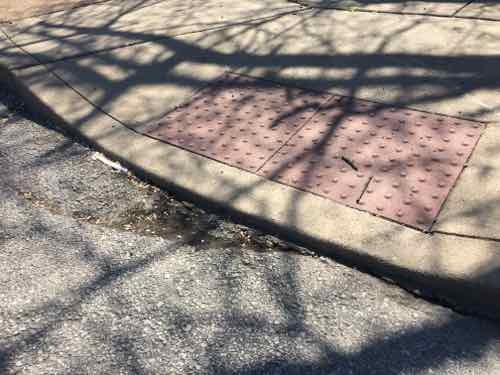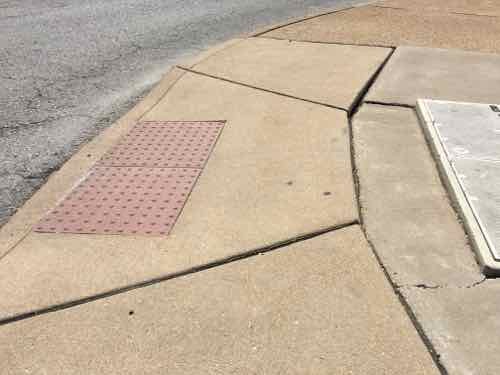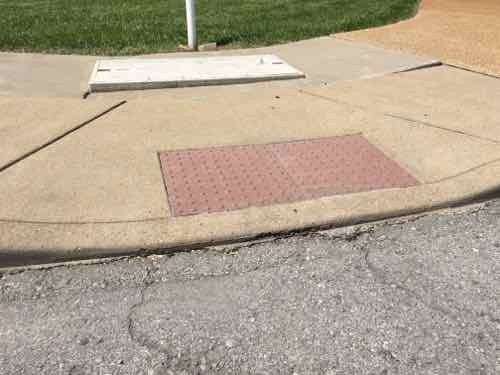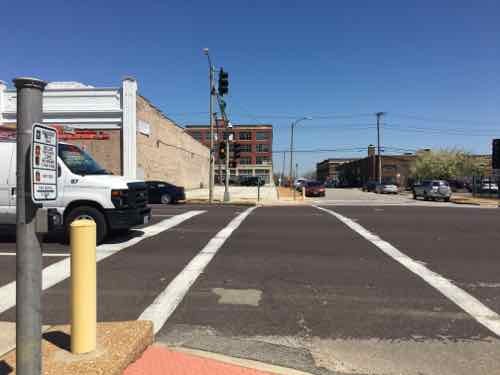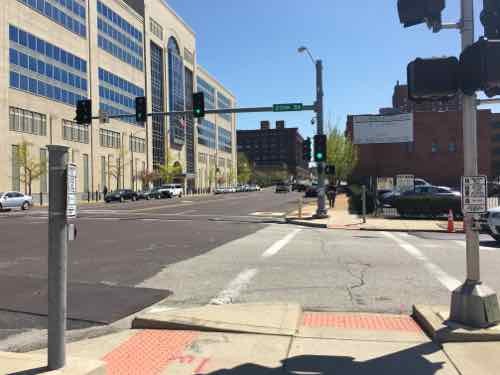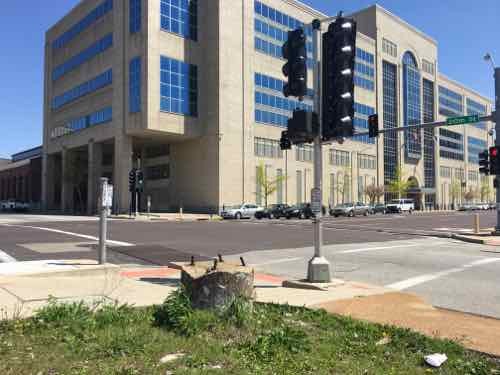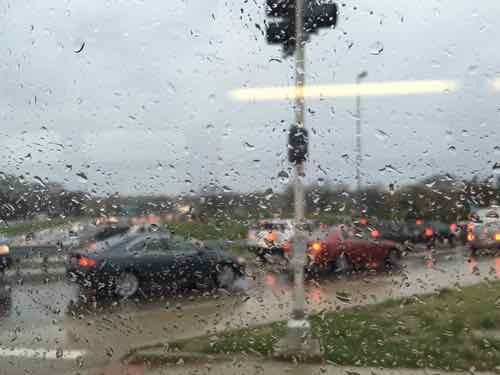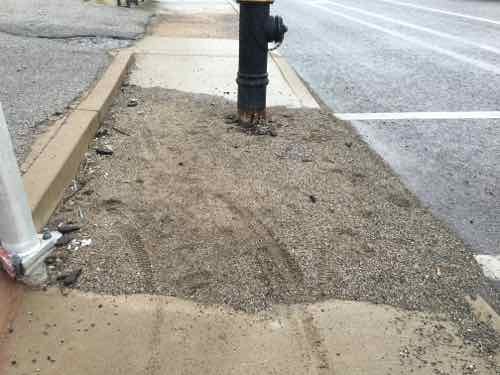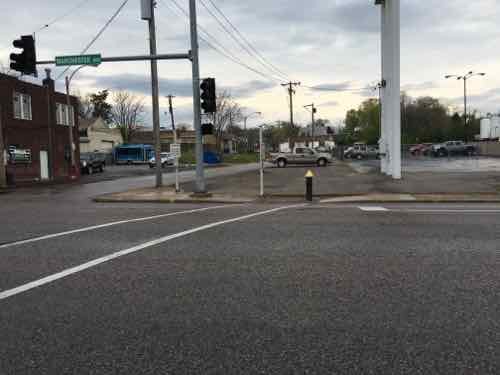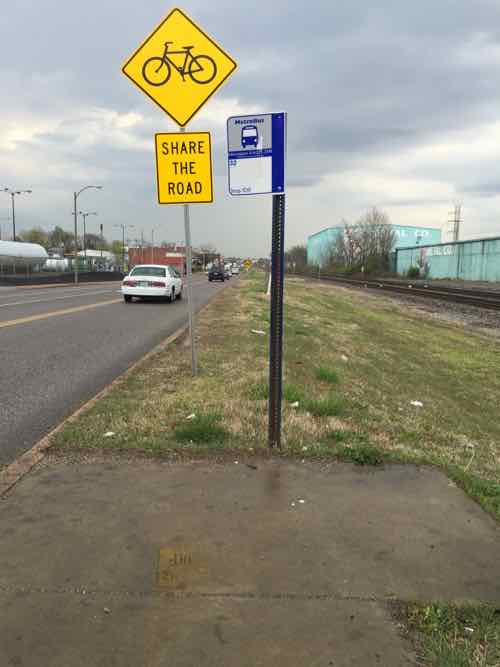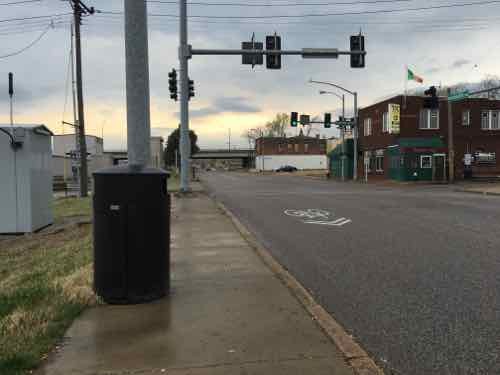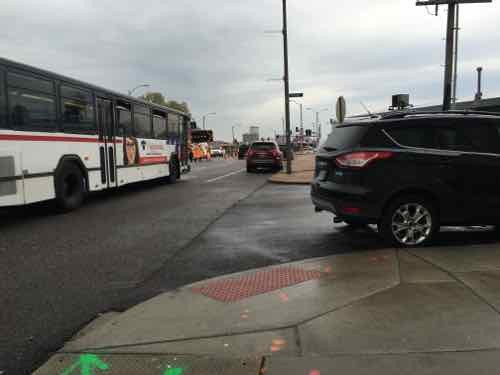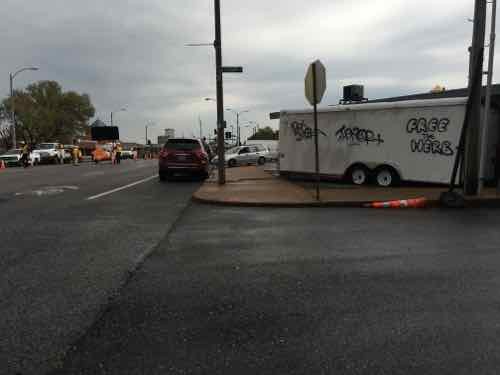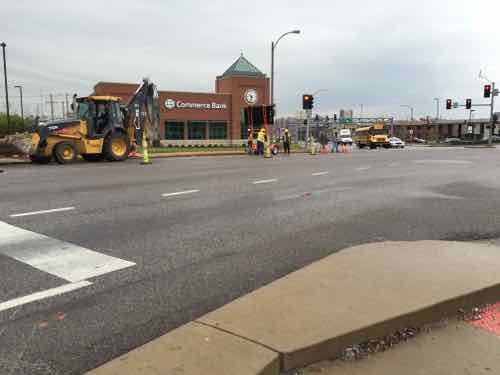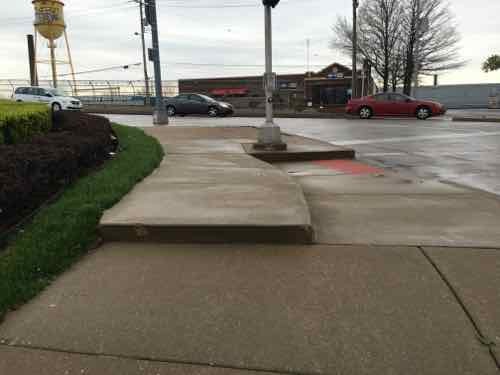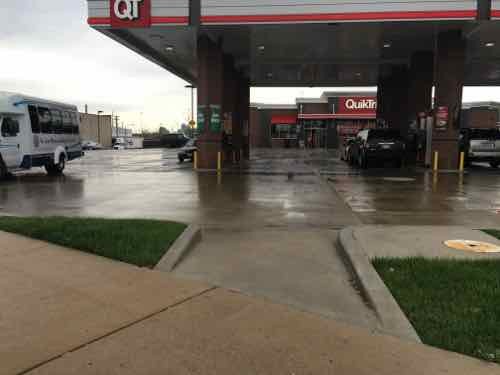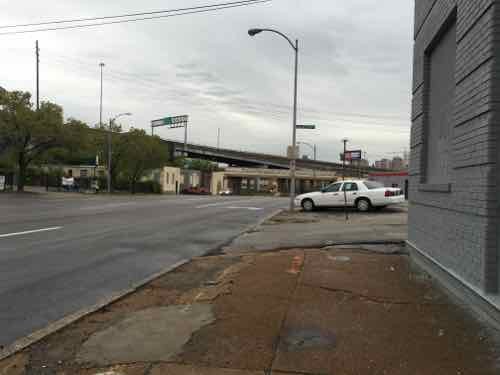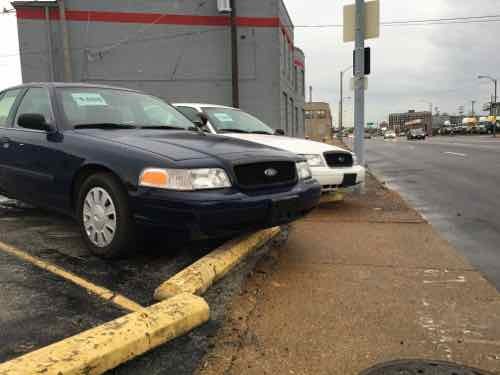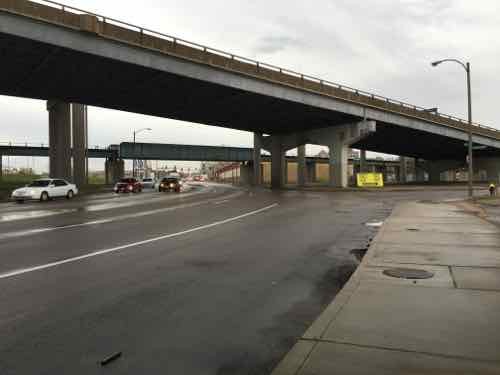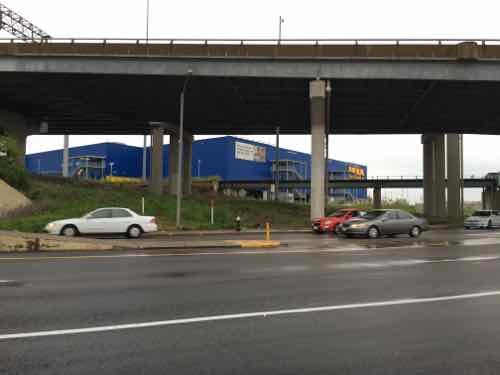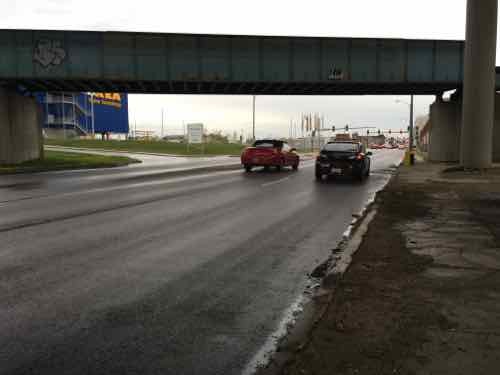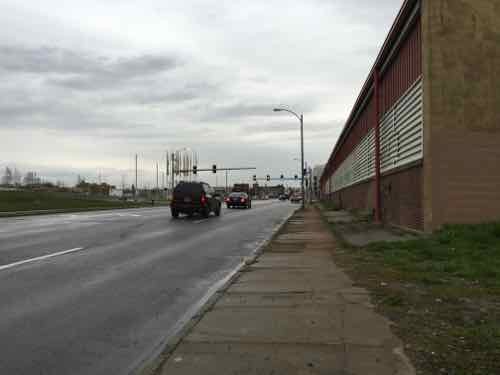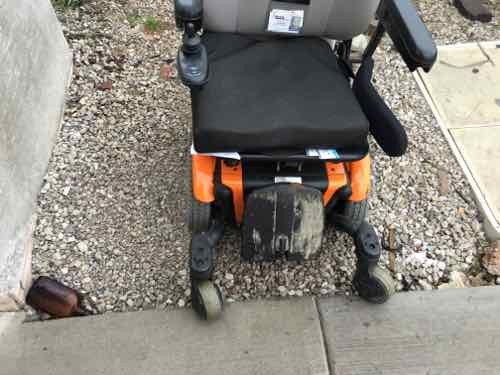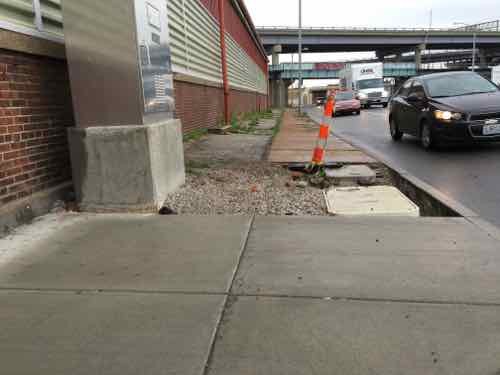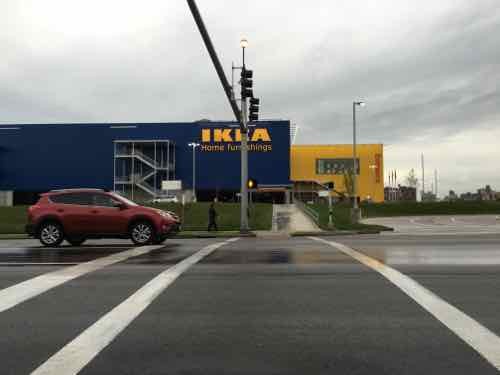Reading: The Future of the Suburban City: Lessons from Sustaining Phoenix by Grady Gammage Jr.
|
|
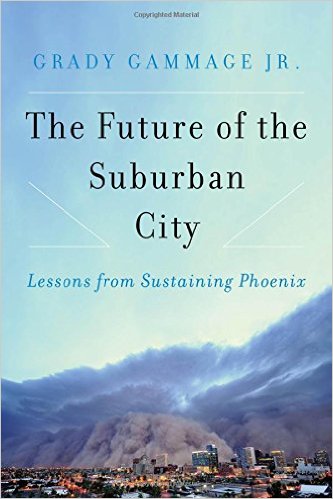
Many Western cities aren’t as dense as Eastern & rust-belt cities, but residents still desire to live sustainably. Though St. Louis was a dense rust-belt city, bad decisions have turned it into an unsustainable mess largely suburban mess. But, we can learn from others on how to dig ourselves out.
A recent article, The Santa Fe Strategy: How Small Cities Can Act on Climate and Inequality, explored these issues. A new book goes deeper:
There exists a category of American cities in which the line between suburban and urban is almost impossible to locate. These suburban cities arose in the last half of twentieth-century America, based largely on the success of the single-family home, shopping centers, and the automobile. The low-density, auto-centric development of suburban cities, which are largely in the arid West, presents challenges for urban sustainability as it is traditionally measured. Yet, some of these cities—Los Angeles, Las Vegas, Phoenix, Salt Lake, Dallas, Tucson, San Bernardino, and San Diego—continue to be among the fastest growing places in the United States.
In The Future of the Suburban City, Phoenix native Grady Gammage, Jr. looks at the promise of the suburban city as well as the challenges. He argues that places that grew up based on the automobile and the single-family home need to dramatically change and evolve. But suburban cities have some advantages in an era of climate change, and many suburban cities are already making strides in increasing their resilience. Gammage focuses on the story of Phoenix, which shows the power of collective action — government action — to confront the challenges of geography and respond through public policy. He takes a fresh look at what it means to be sustainable and examines issues facing most suburban cities around water supply, heat, transportation, housing, density, urban form, jobs, economics, and politics.
The Future of the Suburban City is a realistic yet hopeful story of what is possible for any suburban city. (Island Press)
The table of contents:
Prologue. Getting Through the Haboob
Chapter 1. Suburbs, Sprawl, and Sustainability
Chapter 2. Just Add Water
Chapter 3. Coping with Heat
Chapter 4. Transportation and the Suburban City
Chapter 5. Houses, Shopping Centers, and the Fabric of Suburbia
Chapter 6. Jobs and the Economy of Cities in the Sand
Chapter 7. Politics, Resilience, and SurvivalAfterword. Planning to Stay
Our regions can’t just keep expanding outward the way they did the last 50-60 years. We must improve existing suburbia.
— Steve Patterson
